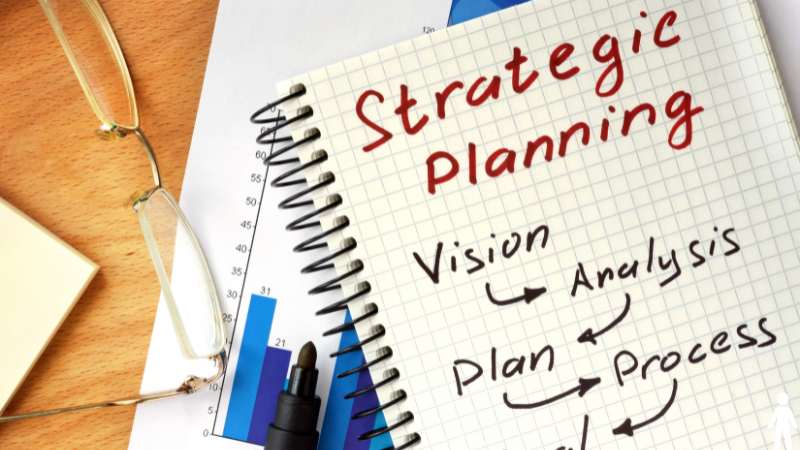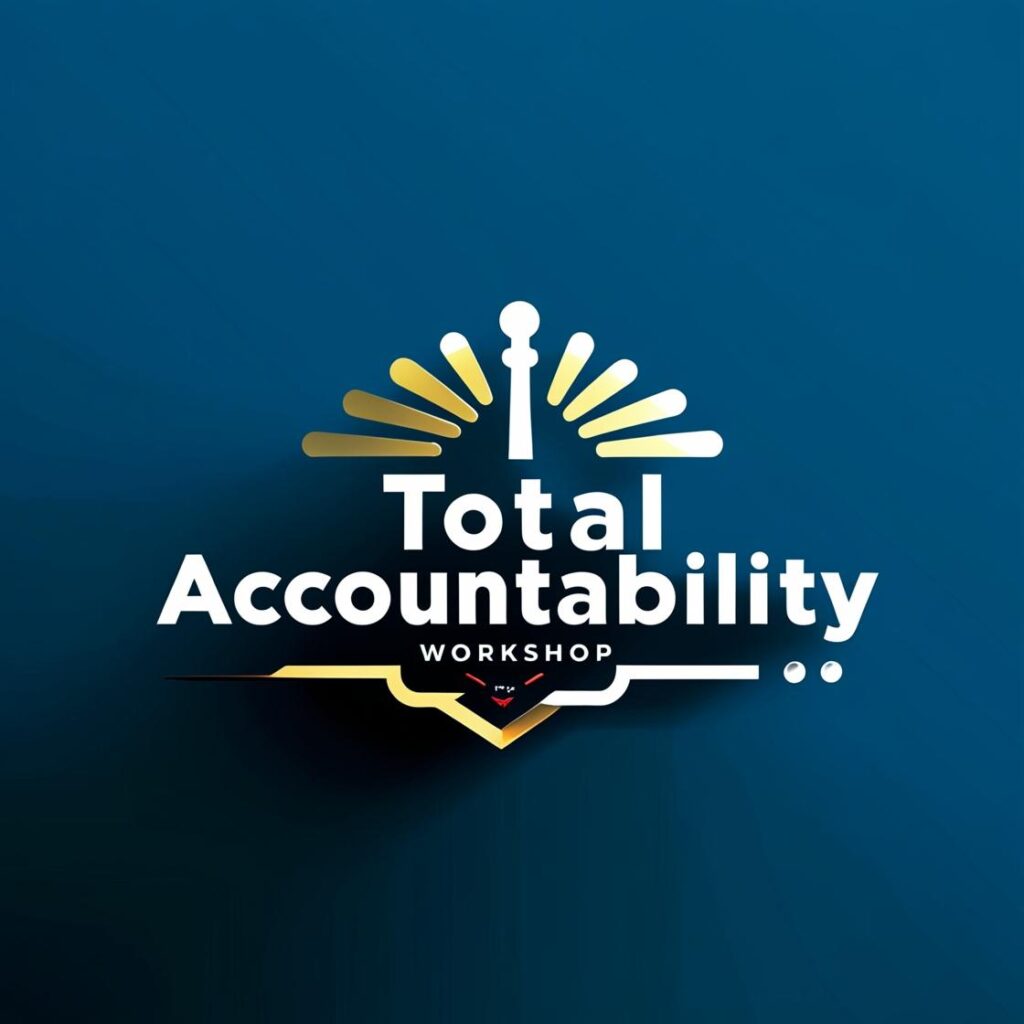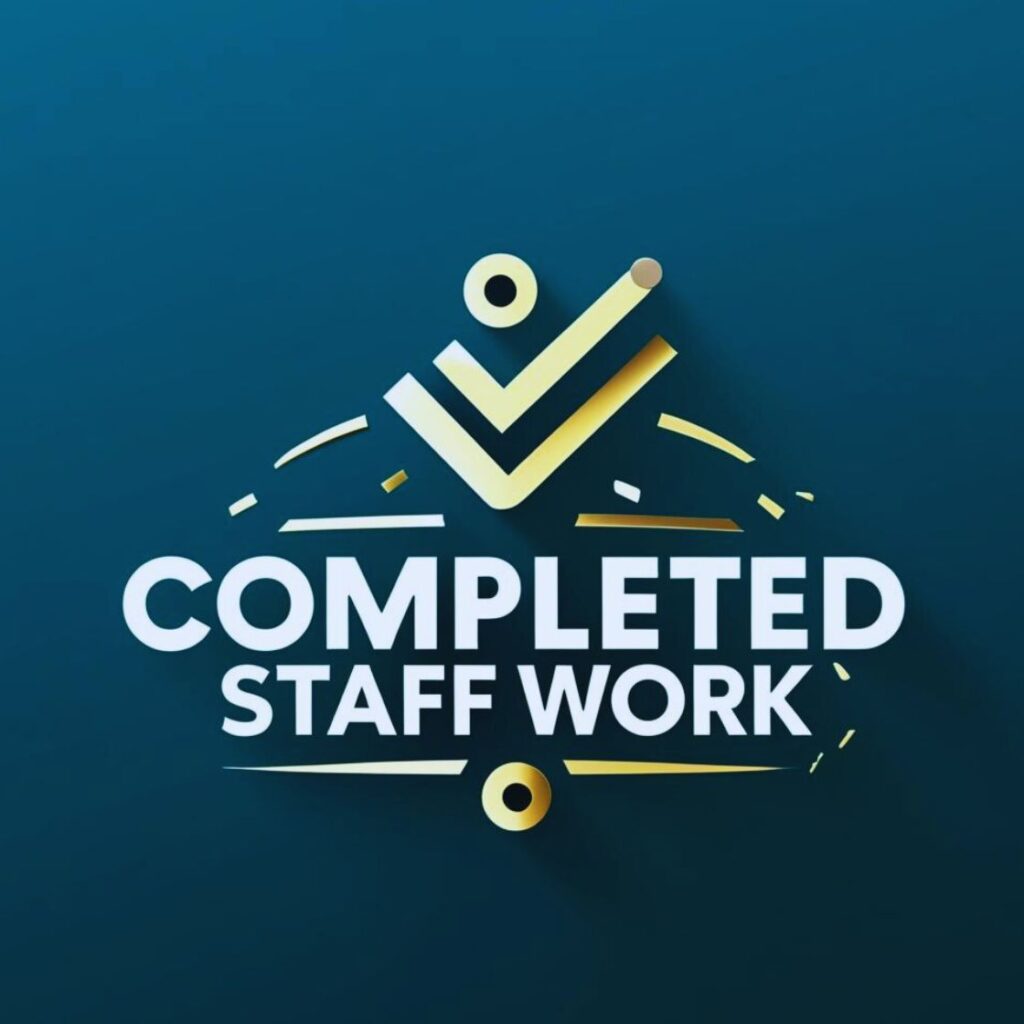I’ve been asked many times to train leaders, and usually, companies are just looking for basic leadership skills. Over the years, I’ve noticed that strategic planning isn’t part of the training mix, perhaps because it’s seen as too advanced. But honestly, if there’s one crucial skill leaders need, it’s how to craft an effective strategic plan.
When managers struggle with strategic planning, it often leads to unclear goals. Without a clear direction, teams can feel lost, not knowing what they’re working towards. This confusion can slow down progress and dampen motivation, as everyone’s efforts aren’t aligned towards a common target.1
Another big issue is wasted resources. If a plan isn’t well-thought-out, companies might spend money and time on the wrong things. This misallocation can drain budgets and divert attention from more crucial projects, ultimately hurting the company’s performance and growth.
Overall, a weak strategic plan can lead to a lot of frustration and missed opportunities. It’s like setting sail without a map; you might eventually get somewhere, but not where you originally intended.
What is strategic planning?
Strategic planning is the process of setting long-term goals for a business and determining the best strategies to achieve those goals. It involves analyzing the company’s current situation, envisioning a desired future, and mapping out the steps to get there.
For example, a coffee shop might use strategic planning to decide to expand into online sales. By analyzing market trends and their own strengths, they can plan how to set up an e-commerce platform and market it to increase their customer base.
Without a robust strategic plan, leaders can’t effectively guide their businesses toward growth. The plan provides a clear direction and a set of priorities. This helps in making informed decisions and allocating resources wisely.
Strategic planning is how strategic leaders prepare for the future. Without it, businesses risk making hasty decisions, missing out on opportunities, and losing direction, all of which can hinder growth and success.
Explore the roles of leaders in strategic planning.
Strategic vs Tactical Planning
Ever wondered what sets strategic planning apart from tactical planning? Well, strategic planning is all about setting your long-term goals and the overall direction for your business. It’s like deciding to become the go-to coffee shop in your city in the next five years.
On the flip side, tactical planning dives into the nitty-gritty details of how to get there. Think of it as figuring out the daily specials or the loyalty programs that will draw more customers into your coffee shop.
While strategic planning gives you the big picture and sets the course, tactical planning is about the specific steps and actions you’ll take in the short term. It’s like choosing the best route and gear for climbing a mountain versus actually making the climb step by step.
Both types of planning are crucial, especially for us Filipinos, where every decision can significantly impact our businesses. Combining strategic foresight with tactical know-how is key to thriving and leading successfully.
Great leadership isn’t an event—it’s a habit. Get actionable leadership habits every Monday and Thursday.
What Strategic Planning is Not
Strategic planning is not merely a one-time event or a static document that sits on a shelf.
It is not about predicting the future with certainty or creating rigid plans that cannot adapt to changing circumstances.
Instead, strategic planning is a dynamic, ongoing process that involves continuous assessment, adjustment, and execution to navigate uncertainties and achieve long-term objectives effectively.
Why is Strategic Planning Important
Strategic planning is like mapping a road trip. You decide where you want to go and plan the best route. For a business, it sets goals and outlines steps to reach them. It helps you avoid roadblocks and keeps you on track, saving time and money.
For example, a cafe wants to expand. With a plan, they can figure out how to attract more customers, like offering new drinks or hosting events. This organized approach helps them grow steadily and avoid random, costly decisions.
Planning also prepares businesses for tough times. It’s like having an umbrella ready for a stormy day. If a supplier raises prices, a good plan includes other options to keep costs down.
It also keeps everyone in a company moving in the same direction. When all employees understand the plan, they can work together more effectively. It’s like rowing a boat together; everyone rows in sync, pushing forward.
Finally, strategic planning helps businesses stay ahead of competitors. By regularly updating their plans, businesses can adapt to new trends and technologies, always staying one step ahead in the market.
Why Strategic Planning Fails
Strategic planning is crucial for guiding an organization towards its goals, but sometimes it can fail. Understanding the reasons behind these failures can help organizations avoid common pitfalls and improve their planning processes. Here are some key reasons why strategic planning fails:
Lack of Clear Vision and Goals
One major reason strategic planning fails is the absence of a clear vision and specific goals. Without a well-defined vision, the organization lacks direction and purpose. Goals that are vague or unrealistic can lead to confusion and frustration among employees.
When the vision and goals are unclear, it becomes difficult for everyone to understand what they are working towards. This lack of clarity can result in misaligned efforts, with different parts of the organization pulling in different directions.
To succeed, strategic plans must start with a clear, compelling vision and specific, achievable goals.
Poor Communication and Engagement
Effective strategic planning requires strong communication and engagement from all levels of the organization. If leaders fail to communicate the plan effectively, employees may not understand their roles or the importance of their contributions. This can lead to a lack of buy-in and commitment to the plan.
Engaging employees in the planning process is also crucial. When employees feel involved, they are more likely to be motivated and dedicated to achieving the plan’s objectives. Poor communication and lack of engagement can result in a disconnect between leadership and the workforce, undermining the success of the strategic plan.
Inadequate Resources and Support
Even the best strategic plans can fail if they are not supported by adequate resources. This includes financial resources, personnel, and time. If a plan is ambitious but lacks the necessary support, it is likely to fall short of its goals.
Organizations must ensure that they allocate sufficient resources to support their strategic initiatives. This also means providing the necessary training and development for employees to execute the plan effectively.
Without adequate resources and support, strategic plans are unlikely to succeed.
Lack of Flexibility and Adaptability
The business environment is constantly changing, and strategic plans must be flexible enough to adapt to new circumstances. A rigid plan that does not allow for adjustments can quickly become obsolete in the face of new challenges or opportunities.
Successful strategic planning involves continuous monitoring and the ability to pivot when necessary. Organizations that fail to review and update their plans regularly risk falling behind their competitors.
Flexibility and adaptability are essential for long-term success.
Failure to Monitor and Evaluate
Strategic planning is not a one-time event but an ongoing process that requires regular monitoring and evaluation. Without tracking progress and measuring outcomes, it is impossible to know if the plan is working or where improvements are needed.
Organizations must establish clear performance metrics and review them regularly. This allows for timely adjustments and ensures that the strategic plan remains relevant and effective.
Failing to monitor and evaluate progress can lead to unnoticed problems and missed opportunities for improvement.
Strategic Planning in the New Normal
The post-pandemic world has changed how we do strategic planning.
First, flexibility is key. Businesses must adapt quickly to changes. For instance, a restaurant may need to switch between dine-in and delivery based on new health rules.
Second, digital tools are more important than ever. Companies need to use online platforms for selling products or holding meetings. A local bookstore can boost sales through an online store, reaching more customers who prefer to shop from home.
Third, employee well-being is a priority. Happy, healthy employees are productive. Companies might offer flexible working hours or the option to work from home to support their teams.
Fourth, there’s a greater focus on local supply chains. The pandemic showed the risks of relying too much on far-away suppliers. Businesses are now looking closer to home to avoid disruptions.
Fifth, businesses must consider new consumer behaviors. People have become more health-conscious and may prefer products that are safe and sustainable. A grocery store might stock more organic products to meet this demand.
Lastly, crisis management plans are essential. Companies need strategies ready for unexpected challenges, like a sudden lockdown. This preparation ensures that the business can keep running smoothly no matter what happens.
It is important to learn from the lessons of the last five years. Consider also the emerging technologies that will dominate the market in the next five years.
Benefits of Strategic Planning
Strategic planning isn’t just a fancy term that executives throw around—it has real benefits that can transform your business. Let’s walk through some of these benefits, so you can see just how valuable this process can be.
Strategic planning provides clarity. Imagine you run a small gadget shop; having a clear strategic plan helps everyone understand the direction of the business. It’s like having a map in your hand on a long journey.
It also improves focus. With a plan in place, you can steer your resources towards what really matters, rather than spreading them thin over less important tasks. This means more bang for your buck with every effort you put in.
It boosts efficiency. A strategic plan helps you streamline operations and reduce wasted time and resources. It’s like knowing exactly when to restock your bestsellers to avoid overstocking or running out.
Strategic planning sets you up to seize opportunities and expand. For instance, if you notice a trend in eco-friendly gadgets, you can quickly adapt to include more of those products.
With a plan, you can foresee potential pitfalls and prepare for them. It’s about having a contingency plan in place, just in case.
Lastly, strategic planning fosters team alignment. When everyone knows the plan, your team can unite under common goals, which boosts morale and productivity.
Each of these benefits contributes to not just surviving in the business world, but thriving. With a good strategic plan, you’re equipped to navigate challenges and grab opportunities as they come.

Key Components of Strategic Planning
Have you ever wondered what goes into making a strategic plan? Let’s break down the key components. Think of these as the essential building blocks for guiding your business forward.
First, we have the vision. This is the big dream you’re chasing. Say you run a bakery; your vision might be to become the go-to spot for fresh pastries in your city. This vision is what inspires and directs all your efforts.
Then there’s the mission. This is what you do every day to turn your vision into reality. For our bakery, the mission could be to delight customers with freshly-baked, high-quality pastries every day. It’s about defining your daily purpose.
Values are the principles that your business stands by no matter what. They could include dedication to craftsmanship, commitment to sustainability, or a focus on community service. Values shape how your team behaves and makes decisions.
Strategies outline the broad approaches you’ll take to achieve your vision. Maybe you plan to expand delivery services or use only organic ingredients. Strategies set the direction for your business activities.
Goals are specific milestones you set along the way. For example, “Increase daily sales by 15% within six months” or “Source 100% of our ingredients locally by next year.” These are tangible targets that help you measure progress.
Tactics are the detailed steps to achieve your goals. If your goal is to increase sales, a tactic might be launching a social media advertising campaign focusing on local audiences.
In the upcoming articles, I’ll dive deeper into each component, showing you how to develop and utilize them effectively in your strategic planning. Stay tuned for more practical insights that will help steer your business towards its big dream!
Strategic Planning Process
Ready to master strategic planning? Let’s break it down into straightforward steps that we’ll explore in detail in upcoming articles, making it easy to apply to your business.
First, assess your current position. Look closely at where your business stands today. Identify your strengths and pinpoint areas needing improvement. For example, you might discover that your product delivery is efficient, but customer service could use some work.
Next, define your vision and mission. Your vision is where you see your business in the future, and your mission describes what your business does every day to get there. These should guide all your strategic decisions.
Then, set clear strategic objectives. These are specific, measurable goals that support your mission and propel you towards your vision. For instance, increasing customer satisfaction by 20% within the next year.
Now, develop strategies to achieve these objectives. If your goal is to enhance customer satisfaction, your strategy could involve training staff in customer relations and updating your feedback systems.
Break down strategies into actionable tactics. This could mean scheduling monthly training sessions for your staff and implementing a new customer feedback tool.
Allocate resources accordingly. Determine what budget, tools, and personnel are necessary to carry out your tactics effectively. This might include investing in training programs or new technology.
Rest assured, each of these steps will be discussed in detail in separate articles. This will help you understand each phase and how to implement it successfully in your strategic planning process, ensuring you have a solid foundation to drive your business forward.
Strategic planning is key for any manager who wants to see their business succeed. It’s not just a one-time thing, either. It evolves, adapts, and changes as your business and the world around you do.
I’d love to hear how you’re doing with it. Sharing your experiences can help everyone get better. So, let’s chat about what works, what doesn’t, and grow our businesses together.

Common Questions About Strategic Planning
Many of your questions will be answered by the articles on this website. Here are some of the most common questions and my short answers.
- It is typical for companies to hire process facilitators to help them in strategic planning. But facilitators have greater use when managers know what they are doing, ↩︎








